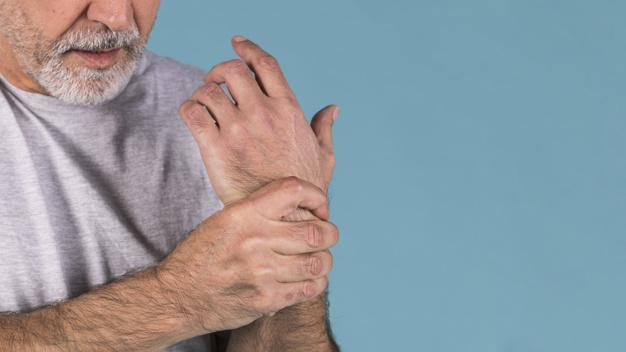Getting older is one of the primary risk factors for contracting osteoarthritis (OA). It’s just one of over 100 joint conditions classified as arthritis, and it typically occurs because of wear-and-tear and several other factors.
While arthritis is common as you age, it’s not inevitable. More than 32 million Americans suffer from OA, and it can range in severity from mild to debilitating. Once diagnosed, treatment typically focuses on slowing the progression of the disease and managing the pain.
As a pain management specialist, Dr. Franz Jones can help with both aspects of treatment. He may recommend regenerative medicine therapy as part of an arthritis management plan.
Causes of OA
The deterioration observed in an OA patient occurs at the cartilage covering the ends of bones in joints. As the cartilage wears away, the efficiency of the joint decreases as pain becomes common. Eventually, if cartilage wears down sufficiently, the bones of your joints come into contact directly.
OA can affect other joint tissue, too, causing bone changes, often in the form of bone spurs, as well as the deterioration of connective tissue like tendons and ligaments.
While getting older increases your risk of getting OA, it’s not a direct cause of the condition. Overuse, gait issues, and joint injuries are common causes of OA, and these can be accelerated by obesity, gender, some metabolic diseases like diabetes, and inherited genetic factors.
Signs of OA
Joint pain and stiffness are typically the first indications of arthritis. As the disease progresses, you lose joint flexibility while likely experiencing greater discomfort and swelling. As OA advances, you may feel grating or grinding sensations, hear increased pops and cracks, or feel the hard bumps of bone spurs in some places.
OA treatments
Though it seems counterintuitive, OA responds best to continued activity. While pain might make you shy away from using your joints, gentle exercise such as walking and swimming can help slow the progress of deterioration while maintaining your range of motion.
Effective pain management can help you maintain and expand your activity level. Dr. Jones recommends platelet-rich plasma (PRP) therapy as a way to reduce your dependence on over-the-counter and prescription pain medications.
PRP uses a small sample of your own blood, separated in a centrifuge to isolate platelets. Known best for their ability to form blood clots, platelets also carry growth factor hormones, chemical messengers that direct the natural healing process.
By adding additional platelets to a deteriorating joint, your body can respond to injury more quickly. Inflammation and pain may be reduced and flexibility improves.
Better still, PRP is drug-free with few side effects, making it compatible with virtually any other arthritis treatment. While individual results vary, PRP is a low-risk, high-gain treatment that has the potential to change the direction of your condition.
Make an appointment with Dr. Jones to learn more about your arthritis by contacting the nearest of his three South Florida offices. You can call your preferred office directly by phone, or you can book a consultation online. Arthritis may not be inevitable, but you have options when it affects you.
